Hello, I have a problem with the atmega 2560, does anyone know how to make an adapter for fusebit repair for it?

Czy wolisz polską wersję strony elektroda?
Nie, dziękuję Przekieruj mnie tamenterrupter wrote:Yes. Note of your microcontroller, chapter "memory programming"> "parallel programming". You have described the pins needed for parallel communication, connect to the pins of the doctor board.Hello, I have a problem with the atmega 2560, does anyone know how to make an adapter for fusebit repair for it?
paol2 wrote:I will add that the input from the first post of the author's first page.

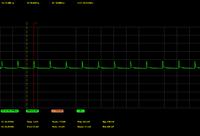
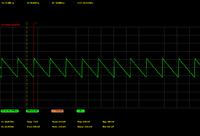
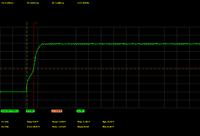
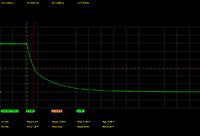
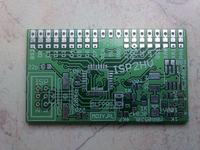

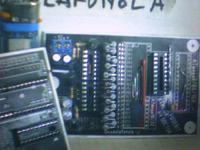
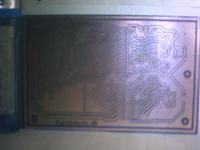

Quote:The positive voltage signal could be called anywhere, e.g. V +, after a possible 78M12 stabilizer, e.g. + 12V,
1 atmega8a-pu
Welcome
AVR Atmega fusebit doctor (HVPP+HVSP) version 2.11
http://diy.elektroda.eu/atmega-fusebit-doctor-hvpp
Usage in commercial/profit purposes not allowed
MANUAL HVPP MODE
Init programming... DONE
Read signature... 1E 93 07
Searching chip... no names in 8kB ver
Read fusebits... L:E1 H:E1 E:00
Should be... L:E1 H:D9 E:00
Lockbits... DISABLED (FF)
What to do?...
1 - write fusebits
2 - modify fusebits
3 - set lockbits
4 - chip erase
5 - end
Chip erase... DONE
What to do?...
1 - write fusebits
2 - modify fusebits
3 - set lockbits
4 - chip erase
5 - end
Writing E1 D9 00... DONE
Verifying... L:E1 H:E1 E:00- FAIL!
Please try again...
What to do?...
1 - write fusebits
2 - modify fusebits
3 - set lockbits
4 - chip erase
5 - end
2 atmega328p-pu
Welcome
AVR Atmega fusebit doctor (HVPP+HVSP) version 2.11
http://diy.elektroda.eu/atmega-fusebit-doctor-hvpp
Usage in commercial/profit purposes not allowed
MANUAL HVPP MODE
Init programming... DONE
Read signature... 1E 95 0F
Searching chip... no names in 8kB ver
Read fusebits... L:C4 H:D9 E:FF
Should be... L:62 H:D9 E:FF
Lockbits... DISABLED (FF)
What to do?...
1 - write fusebits
2 - modify fusebits
3 - set lockbits
4 - chip erase
5 - end
Chip erase... DONE
What to do?...
1 - write fusebits
2 - modify fusebits
3 - set lockbits
4 - chip erase
5 - end
Writing 62 D9 FF... DONE
Verifying... L:C4 H:62 E:FA- FAIL!
Please try again...
What to do?...
1 - write fusebits
2 - modify fusebits
3 - set lockbits
4 - chip erase
5 - end
3 atmega8a-pu
Welcome
AVR Atmega fusebit doctor (HVPP+HVSP) version 2.11
http://diy.elektroda.eu/atmega-fusebit-doctor-hvpp
Usage in commercial/profit purposes not allowed
MANUAL HVPP MODE
Init programming... DONE
Read signature... 00 01 02 - FAIL!
Trying T2313 pinout..00 01 02 - FAIL!
Type the signature: 1E
4 atmega8a-pu
Welcome
AVR Atmega fusebit doctor (HVPP+HVSP) version 2.11
http://diy.elektroda.eu/atmega-fusebit-doctor-hvpp
Usage in commercial/profit purposes not allowed
MANUAL HVPP MODE
Init programming... DONE
Read signature... FF FF FF - FAIL!
Trying T2313 pinout..FF FF FF - FAIL!
Type the signature: 1E
